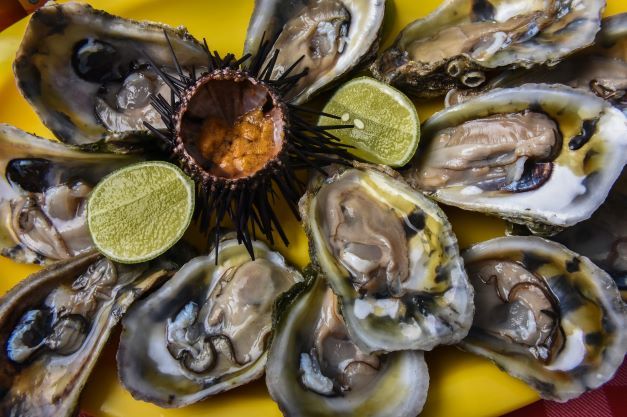The most popular myths and tips on how to find fresh oysters
If you're nervous about buying or eating oysters, don't be. The oysters you purchase at the store should be closed and heavy, with no water leaking out. There's no place for oysters in a fish tank.





